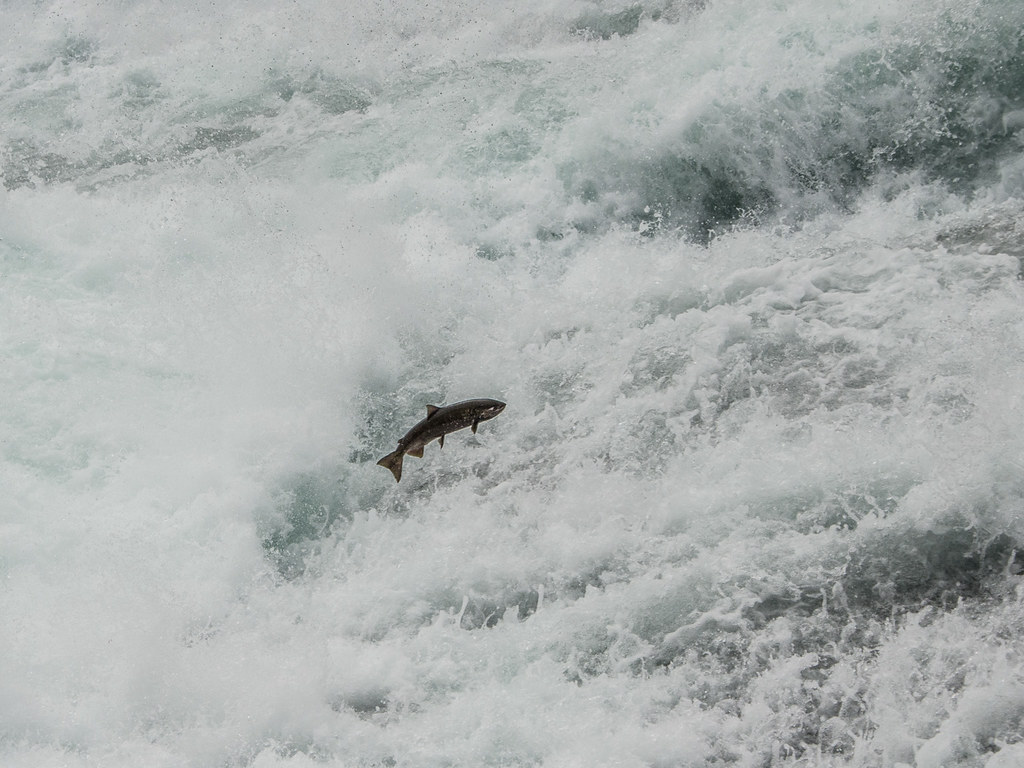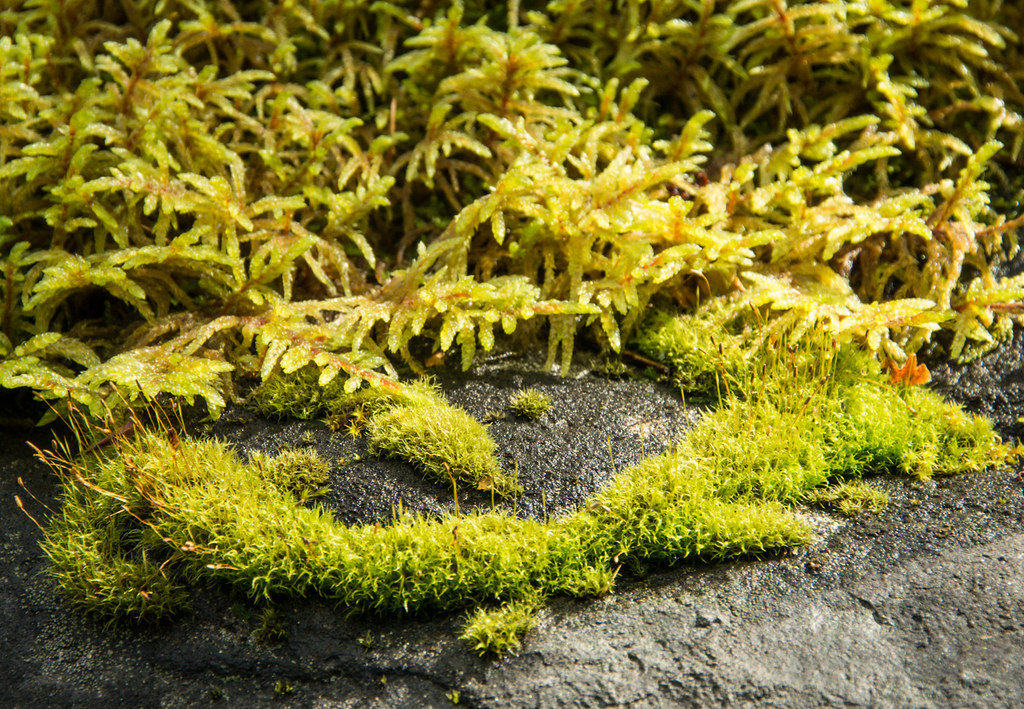You’ll leave urban life far behind when you enter Wells Gray Provincial Park in east-central British Columbia. This wilderness park encompasses 5,250 square kilometres with the highest peaks in the Caribou Mountain range, countless lakes, dense forests, and the drainage area of the Clearwater River. It’s home to over 200 species of birds, 56 mammals, 200 species of fungi, and 700 vascular plants.
Volcanic activity and massive flooding as glaciers melted have traced their mark on the landscape leaving behind deep canyons with fast-flowing rivers and waterfalls descending the vertical lava flows. More recent volcanic eruptions have left behind cinder cones such as the 400-year-old tree-covered basaltic cinder cone at the east end of Kostal Lake.
Waterfalls
There are 41 named waterfalls in the park. At 141 metres, Helmcken Falls is Canada’s fourth highest waterfall measured by the total straight drop. It is just a short walk from the parking lot and the viewing platform is wheelchair accessible. There is also a relatively easy 8 km walk along the river. Trails leading from the shores of Clearwater and Azure Lakes provide access to some of the lesser-known waterfalls. These include Rainbow Falls at the far end of Azure Lake, where you’ll find some of the park’s oldest and largest cedars. You can watch salmon jump their way up Bailey’s Chute.

Hiking
Trails in Wells Gray Provincial Park range from short, easy ones to extended back-country hikes. The AllTrails website provides descriptions and feedback on over 30 trails in the park. Be sure to take in the display of wildflowers on the south slope of Trophy Mountain or on Battle Mountain’s Caribou Meadows in July and August. Birdwatchers should head to the Horseshoe-Ray Farm-Alice Lake and Trophy Mountain areas during breeding season when they may be able to spot up to 70 species in a two-day visit. Be on the lookout for approximately 200 species of fungi in early spring or late summer. Lichenologist and park enthusiast Trevor Goward provides advice on the best places to observe lichens, mosses, and liverworts on the Wilderness Wells Gray website.
Canoeing
With so many lakes, there is no shortage of opportunities for kayakers and canoeists. Mahood Lake is a popular choice and offers 3 back-country, user-maintained campsites that are only accessible by boat. Murtle Lake is the largest canoe-only lake in North America. The north and west arms are approximately 20 km long and the lake is 3 km wide. The Clearwater and Azure Lake chain is extremely popular with a .5 km portage connecting the two lakes.

Winter Rambles
Winter brings a new set of outdoor pleasures for hardier spirits. There is an extensive network of cross-country ski trails as well as back-country skiing and snowshoeing. Three of the waterfalls can be visited in winter as well as summer.
January is the best month for moose-watching as they spread out in their winter habitat along the Clearwater River corridor. You may also spot mule deer, black bear, coyote, white-tailed deer, badger, and caribou.
The main entrance to Wells Gray Provincial Park is off Highway 5 at Clearwater, north of Kamloops.
Photo credits: Helmcken Falls https://www.flickr.com/photos/apmckinlay/9792071456 Salmon https://www.flickr.com/photos/apmckinlay/9792031445 Mosses https://www.flickr.com/photos/apmckinlay/9792071456
For More Information
Wells Gray Provincial Park, BC Parks
Best Trails in Wells Gray Provincial Park
See Also
Hoodoos, Rocks, and Sand Dunes in Western Canada
EcoFriendly West informs and encourages initiatives that support Western Canada’s natural environment. Like us on Facebook, follow us on Twitter, or subscribe by email.
